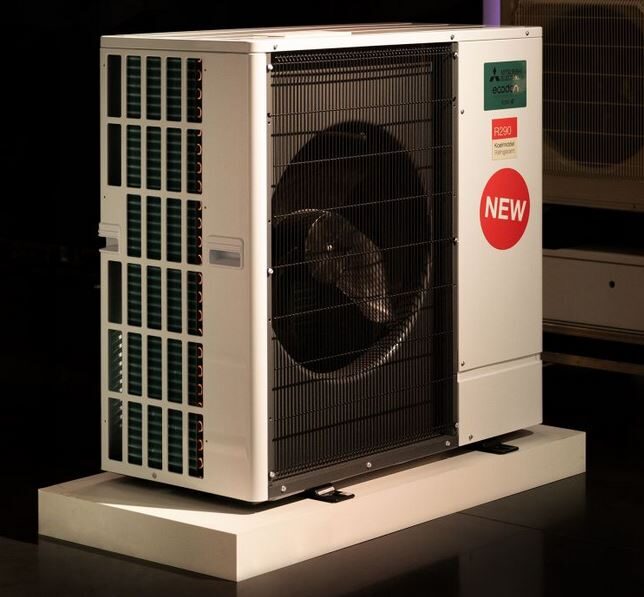Yesterday, GTM Research reported that a record 14.5 GW of solar PV trackers were shipped globally last year, with NEXTracker Inc. assuming the leading position, accounting for a third of all shipments.
The U.S. lost out to Latin America as the leading market, due to the uncertainty surrounding the Section 201 case. However, Scott Moskowitz, senior analyst, solar research at GTM Research said it is expected to rebound, now that the tariff decision has been made.
“The Latin American market will continue its upward path,” he added, while “Mexico and Brazil will again be the largest Latin America markets but we expect significant volume increases in Chile and Argentina as well.”
Overall, Moskowitz said the main challenges in the current tracker market are shifting demand and pricing pressure. India, for example, is set to see declining tracker shipments, “due to extremely low-priced modules that encourage the use of seasonal tilt racking.”
“Vendors that are strong in that market will be looking internationally to maintain their volumes,” he said. “Tracker companies have recognized the need to globalize over the past several years and so most major markets are extremely price competitive. Margins have fallen, so firms have to be extremely strategic and operationally efficient to be successful.”
Pointing to the recent acquisition of Exosun by steel giant, ArcelorMittal, GTM Research yesterday said it expects to see continued consolidation, with vendor margins squeezed as the market grows.
Asked if the industry can expect to see other significant acquisitions in 2018, Moskowitz said, “The tracker market has an overwhelmingly strong long-term outlook, but pricing is ultra-competitive and margins are tight. Some vendors will struggle in the near term while others will want to invest for the future. There will likely be some big announcements in 2018.”
As pv magazine recently reported, bifacial panel use on trackers is expected to grow to a double digit share within a year, and eventually become the dominant design. Responding to this, Moskowitz confirmed it will be a hot topic this year.
“There is enormous interest in bifacial technology and their use in solar trackers. There are many factors that vendors have to consider for designing trackers for use with bifacial modules, because you must optimize for diffuse and albedo light. The onus is on the tracker companies to figure out the engineering and develop systems that work best,” he said.
The commercial and industrial (C&I) market is also set for exponential growth in tracking technology in 2018. Commenting, Moskowitz said, “Trackers now work best for most ground mount solar and today's trackers are more flexible than ever before, meaning they work for smaller projects.
“There is already a significant volume of trackers being used in the U.S. C&I and small utility market. Overall, there is significant availability for trackers in the utility space globally, but C&I applications are a growth space as well.”
Watch out for pv magazine’s 2018 solar tracker survey this coming summer.
This content is protected by copyright and may not be reused. If you want to cooperate with us and would like to reuse some of our content, please contact: editors@pv-magazine.com.



3 comments
By submitting this form you agree to pv magazine using your data for the purposes of publishing your comment.
Your personal data will only be disclosed or otherwise transmitted to third parties for the purposes of spam filtering or if this is necessary for technical maintenance of the website. Any other transfer to third parties will not take place unless this is justified on the basis of applicable data protection regulations or if pv magazine is legally obliged to do so.
You may revoke this consent at any time with effect for the future, in which case your personal data will be deleted immediately. Otherwise, your data will be deleted if pv magazine has processed your request or the purpose of data storage is fulfilled.
Further information on data privacy can be found in our Data Protection Policy.